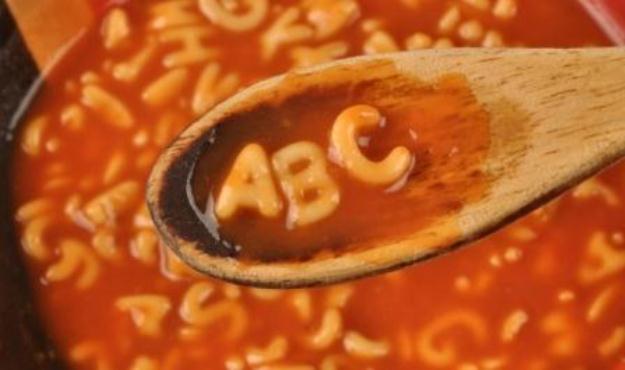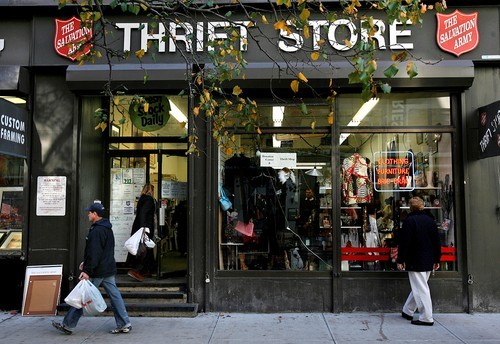
Water is the single-most important building block for all life, fact. Without water we'd die, also fact. Roughly 70-72% of Earth is composed of water, fact again. But get this, almost 97% of the world's water is either salt-water or otherwise undrinkable. On top of that, 2% of the remaining water is frozen in ice caps and glaciers. That leaves around 1% of drinkable water in the world. Guys. If that minuscule 1% becomes polluted as a result of constant abuse, humanity is done for. The fact that a human can survive around a month without food but only three to five days without water is proof that life could not be sustained without it. When most of you go home everyday, you take it for granted that clean water will stream out when you turn on the faucet to wash dishes or brush your teeth. Unfortunately, the ability to take those things for granted is considered a luxury in other places. I'm not here to send anyone on a guilt trip or depress them for the rest of the afternoon but seriously, appreciate what you have.
In America, the average cost for 5 gallons of water is only a penny. Yet, instead of taking advantage of those low costs and trying to conserve water so that those prices can remains so low, people choose to use and abuse water. In fact, the average person uses 160 GALLONS of water a day, both directly and indirectly. In a week, the average person uses 9, 340 pounds of water. That's heavier than the weight of a full-grown elephant. And that's just individuals. In addition to that, U.S. industrial factories use more than 20 billion gallons of water each day, U.S. power plants use 136 billion gallons of water each day, and U.S. agriculture uses 142 billion gallons of water each day. Water is required in huge quantities for things you wouldn't even think of. For example, it takes 300 million gallons of water to produce a single day's supply of newspapers. These numbers are insanely overwhelming. With so much demand, imagine how much water needs to be filtered and purified by water plants every day to ensure the population of just one country can get the water they need.
It's all okay though. If the entire nation were to make certain efforts, we could produce even bigger, more impressive numbers. For example, if everyone conserved one gallon of water per shower every day, the nation could save around 85 billion gallons of water a year. Alternatively, if everyone flushed the toilet one less time a day, the nation would save an amount of water equal to a one mile long, one mile wide, four-foot deep lake. Finally, if one in four people declined a complementary glass of water when dining out at restaurants, the nation could save more than 26 million gallons of water a year. Oh, and also fixing a leaky faucet can save you 3,000 gallons of water a year. The question then is, why haven't we done these things yet? The answer is simple. It's because not enough people know, or care to know. Obviously Justin Bieber's drug habits are much more concerning. Obviously.
But seriously, other than the fact that it's essential to your survival, there are plenty of other reasons why you should care about water. In general, water is insanely cool. Did you know that by throwing boiling water into the air at sub-zero weather you can make instant snow? Super cool. Also water can only come from nature. An infinite number of companies can put water into an infinite number of container with an infinite number of snazzy designs, but they still won't be responsible for creating it. Water just goes around and around in an endless cycle and whatever we put into the water goes around and comes back into our glasses. In a certain aspect, that's kind of gross to think about when you realize all of the disgusting things that get mixes into water throughout the day. On the other hand, you can choose to think about how in every glass of water you've ever drunk, there have been extremely diluted dinosaur molecules. So technically, you could have, at one point in your life, ingested parts of a T-Rex. Who's at the top of the food chain now? Rawr.








